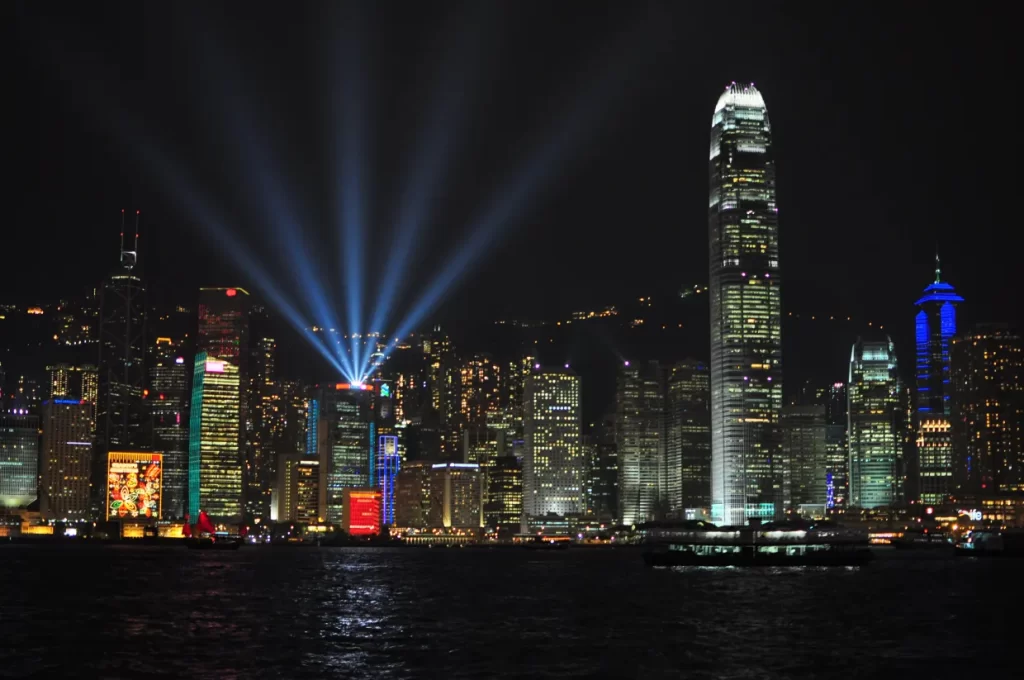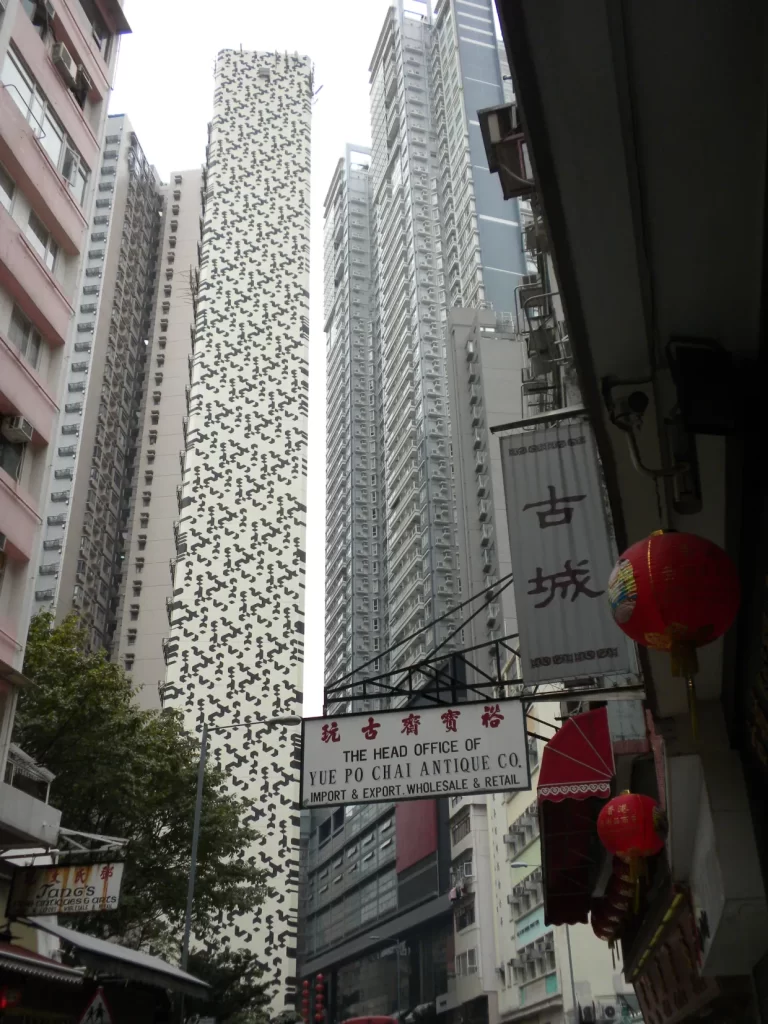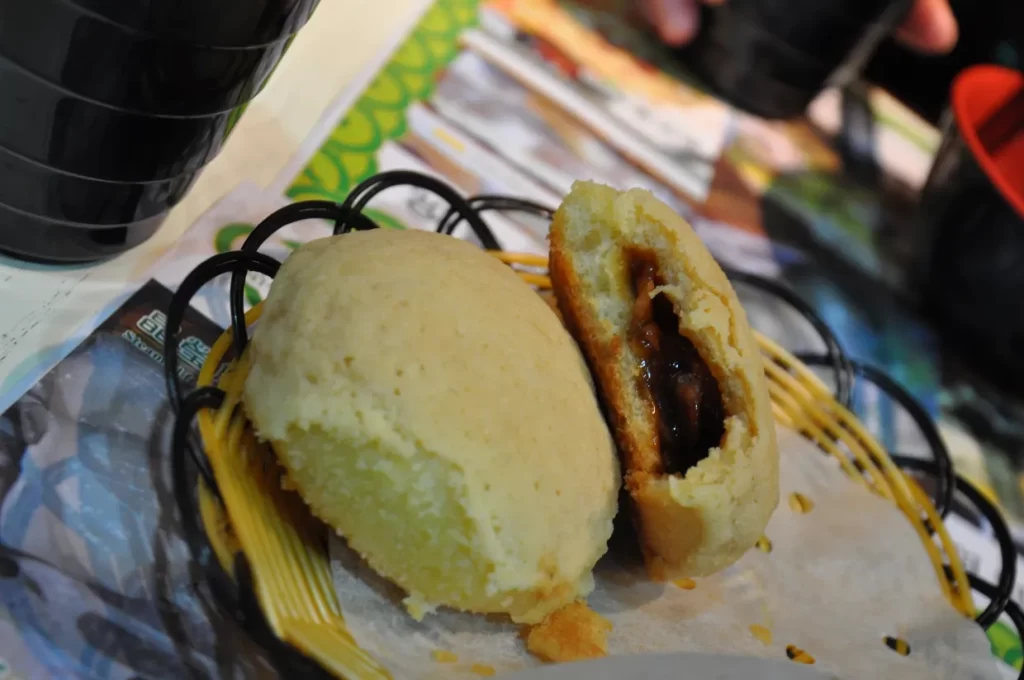The Changing Faces of Hong Kong

I was 20 the first time I boarded a plane. A flight from Dublin to Boston, with a J1 visa in my pocket and a head full of adventure. The world expanded on that flight. I had found my element. My feet hardly hit terra firma since. Then, covid.
For now, I content myself with poking over past escapades and unraveling the changes in our world. I am hopeful, and eager to sally forth once again. I want to see new places. I also want to revisit some that continue to confound me. I miss being bewildered.
Hong Kong has been on my mind a lot these times, for all the wrong reasons. In 2020, Beijing imposed a national security law, with the aim of smashing the dissent that had taken to the streets. A statue marking the Tiananmen Square massacre was removed from the University of Hong Kong in the dead of night in late December.
This is not the Hong Kong I recall. The first time I visited, it was transitioning from British colonial rule to Beijing leadership, and it was still in the honeymoon phase. It was best described to me as a wealthy businessman’s playground. Under the terms of the 1997 handover agreement, a 50 year grace period was granted to the newly defined autonomous region to enjoy the freedoms and capitalist culture not found in other parts of China. It existed according to the mantra: “One country, two systems.” Officially part of China, the reality was very different.
I quickly discovered that Hong Kong was a short hop but a far cry from the mainland. For starters, it was filthy rich, it used the Honk Kong dollar, and was heaving with ex-pats. It spent its money on style, food, frivolity, booze, and was practiced in the art of having a good time.
While none of this has changed, the political backdrop is significantly different, and the city is destined to evolve. Places, like people, do what they must to survive. It’s unclear what the losses will be. What is apparent is that Hong Kong will have to adopt a new persona. And few cities are as skilled both at putting on a great face and altering its image as needed. When I last visited, I met the city equivalent of a geisha, skilled in pleasure and adept at satisfying every whim.
Honk Kong goes to great lengths to gratify the wealthy, as well as those traveling on a shoestring. It has a surprising array of tourist attractions that come for free, or thereabouts. Sophisticated, alluring, it’s a city bent on indulgence. But, as it was shaped by the British in the 19th century according to Victorian contradictions, the painted face is concealed beneath a veneer of civilized gentility.
Intent on exploring both facets of the city in my early wanderings, I wangled an invitation to a ladies’ tennis club which was housed in a lovely old colonial building. A woman with perfectly painted nails gave me the tour of the gorgeous facilities. We pattered pleasantries until she asked about my game. Horrified she’d pour me onto a court rather than into an armchair, I mumbled apologies about a busy job and a tennis elbow. She pulled up short, then pulled herself together, “You work? How quaint.”
After 156 years of colonial rule, the British influence is still stamped everywhere. Cars drive on the left side of the road, club-house life interweaves the ex-pat social scene, and antiquated 1920s London trams travel the length of the city.
The region encompasses Hong Kong Island, which is surrounded on three sides by the South China Sea and separated from mainland China by the Shenzhen River; Kowloon Peninsula; the New Territories; and over 200 pocket-sized islands. Victoria Harbor serves as Hong Kong’s centerpiece, above which the skyline is stacked in tiers, as layer upon layer is built into the hills that shape the city. Ferries, pleasure cruisers, and Chinese tourist junks jaunt across the harbor connecting the city’s major landmasses.

The natural, deep harbor is also the city’s umbilical cord to the wealth that has nurtured its development into one of the world’s biggest and most lucrative trading centers.
Notwithstanding the fact that Hong Kong is one of the most densely populated cities in the world, it scores high on quality-of-life indexes. The public transportation network is the finest I have witnessed and getting around couldn’t be easier.
The demand for space has also resulted in the construction of whimsical skyscrapers that cut the sky into handkerchief squares. This is a city operating on many levels and the street is just the start of it. Cloud-high bars are piled upon designer wear stores; Michelin-starred restaurants; fortune-touting soothsayers; herbal tea sellers; scented massage parlors; financial trading floors; tropical fish tanks; ornamental birdcages; and Ming Dynasty vases.
Shopping in Hong Kong is a glutton’s all you can eat buffet. Gucci and Gabanna aside, it trades in the stuff of legend and, with the right sized wallet, trunks can be filled with authentic Chinese ceramics, crafts, and carvings from the Ming and Qing Dynasties. Though there are also great finds in the more modestly priced curio shops that specialize in wooing customers with exotica such as fans, calligraphy brushes, and feng shui compasses.

The weekend markets are spectacles in themselves. They are thronged with leisurely strollers drawn by the scent of plum blossom bonsai, the glow of neon tetra shoals, and the fun of watching fussy old men at the bird market feed crickets to their fussy odd birds.
The city’s a wonderful mix of the bizarre, the brash, and the bewildering. Between the ultra-modern high-rise buildings, traditional Taoist temples are filled to the brim with designer-labeled worshippers cajoling deities with offerings to raise their fortunes. Man Mo temple, located amongst the antique stores on Hollywood Street, is the oldest and best known. Built in 1847, it is dedicated to Man Tai, the god of literature; and to Mo Tai, the god of war. In the past, disputes were settled here that could not be resolved under British law. Today, tour buses line the street as the faithful crowd inside burns incense spirals which are suspended from the ceiling to draw the gods’ attention to the supplicants’ wishes.
Other worshipers bow down to Hong Kong’s sumptuous food offerings. My heavenly moment was in Tim Ho Wan – the world’s cheapest Michelin-starred restaurant, specializing in dim sum. It was a hole-in-the-wall back then, run by Chef Mak Pui Gor, who has subsequently built it into a franchise. I joined the snaking queue on a Monday morning as it wound down the street in an unassuming neighborhood in Kowloon. It was a long, chilly wait, but I still remember the taste of those sugar sprinkled, lightly deep-fried, savory pork buns. The steam rising off them would have tempted the gods themselves.
A city built on hills, everything rises upward in Hong Kong. Viewing Chinese street signs and towering sky-scrapers from the upper deck of a century-old tram is a cheap and fun way to get to grips with the disorienting contradictions of this city. The lines run East to West, sweeping Hong Kong Island’s commercial centre. However, for the best views in town, Honk Kong’s Peak Tram is the most popular tourist attraction on offer. It soars above the cityscape, dropping visitors at the summit of Victoria Peak, offering a great perspective of the street grids and harbor beneath.
At sea level, the seven-minute public ferry ride, which connects Hong Kong Island with the Kowloon Peninsula, is as much a mode of transport as a pleasure trip. It provides a brief view from the water of Hong Kong’s signature sight. The densely packed skyline is the city’s pièce-de-résistance and is best seen at night. As the light fades the buildings explode into neon life, culminating in the tacky, yet entertaining, Symphony of Light, which plays over the buildings in a cacophony of colour, while red sailed junks glide alongside Kowloon Peninsula’s promenade and the Avenue of Stars.
Hong Kong is the perfect city consort. It has an array of faces to suit the visitor’s mood and needs. Coy by day with joggers, business suits, and café lattes; by night the charade fades as the lights come on and ambiguity dissolves. It has spent the past 180 years adapting and transforming and putting on a show. It turns uncertainty into an art form. And, when necessary, it removes the mask and bares its teeth. It cannot be categorized and underestimated, and it is highly skilled in dissembling.
To this wanderer, it’s the masquerade and layered contradictions that make Hong Kong so alluring. I’m drawn back in the hope that I’ll get a glimpse of what’s hidden beneath the veils. The city spins, even as the music stutters. And the world changes, as it always does.
© Róisín Sorahan
28 Feb. 2022, storybookreviews.com
For reviews, discussion and more on Time and the Tree, click here.